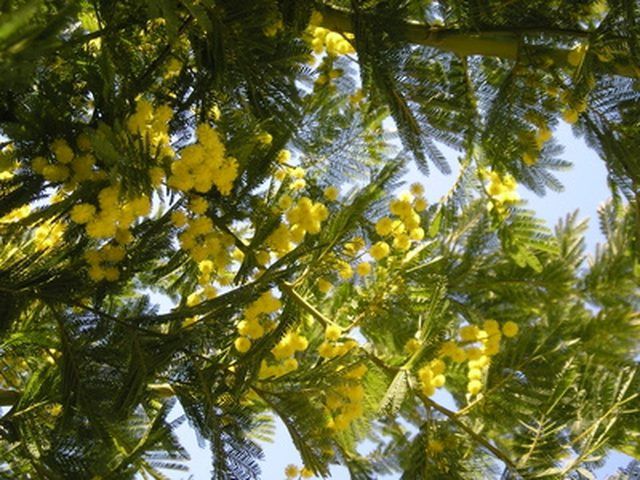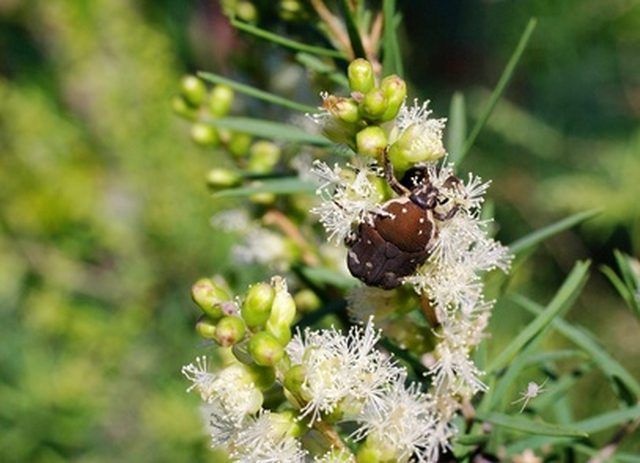Bulbs
Flower Basics
Flower Beds & Specialty Gardens
Flower Garden
Garden Furniture
Garden Gnomes
Garden Seeds
Garden Sheds
Garden Statues
Garden Tools & Supplies
Gardening Basics
Green & Organic
Groundcovers & Vines
Growing Annuals
Growing Basil
Growing Beans
Growing Berries
Growing Blueberries
Growing Cactus
Growing Corn
Growing Cotton
Growing Edibles
Growing Flowers
Growing Garlic
Growing Grapes
Growing Grass
Growing Herbs
Growing Jasmine
Growing Mint
Growing Mushrooms
Orchids
Growing Peanuts
Growing Perennials
Growing Plants
Growing Rosemary
Growing Roses
Growing Strawberries
Growing Sunflowers
Growing Thyme
Growing Tomatoes
Growing Tulips
Growing Vegetables
Herb Basics
Herb Garden
Indoor Growing
Landscaping Basics
Landscaping Patios
Landscaping Plants
Landscaping Shrubs
Landscaping Trees
Landscaping Walks & Pathways
Lawn Basics
Lawn Maintenance
Lawn Mowers
Lawn Ornaments
Lawn Planting
Lawn Tools
Outdoor Growing
Overall Landscape Planning
Pests, Weeds & Problems
Plant Basics
Rock Garden
Rose Garden
Shrubs
Soil
Specialty Gardens
Trees
Vegetable Garden
Yard Maintenance
Mimosa Tree Pests
Mimosa Tree Pests. Mimosa trees, commonly known as silk trees, are renowned are known for large, pink, fragrant, ornamental flowers that can grow to an 1 1/2 inch long. Mimosa trees can grow to 40 feet tall in USDA hardiness zones 6 to 9, and have thin bark and fern-like leaves. However, mimosa trees require care to avoid pests that like to feed on...

Mimosa trees, commonly known as silk trees, are renowned are known for large, pink, fragrant, ornamental flowers that can grow to an 1 1/2 inch long. Mimosa trees can grow to 40 feet tall in USDA hardiness zones 6 to 9, and have thin bark and fern-like leaves. However, mimosa trees require care to avoid pests that like to feed on the foliage and sap of the tree.
Webworm
The mimosa webworm originated in China and can cause serious damage to the foliage of the tree. The webworm larvae spin webs around the leaves and the feed on the enclosed leaves. Webworm eggs are tiny, oval and pearly white when first laid, and then turn pink when ready to hatch. Multiple generations of webworm will eat leaves and cause defoliation of the tree. However, webworms can be easily controlled by removing the webs of larvae from the tree by either cutting off the end of the branch with the larvae attached or by spraying with pesticide.
Spider Mites
Spider mites are common plant pests. Spider mites cause damage to plants as they feed on the leaves to suck out the sap and cause bruises to plant cell. Severe infestations of spider mites can be identified by the discolored leaves that will appear speckled with a dull gray or bronze look to the foliage.
When a large infestation of spider mites has been established in mimosa trees webbing can be seen. Spider mites create the webbing to provide the eggs with protection. Spider mites can be controlled by introducing their natural enemies to the area. Stethorus beetles, more commonly known as spider mite destroyers, can quickly bring a colony of spider mites under control.

Cottony Cushion Scale
Adult female cottony cushion scale have a white fluted egg sack that looks similar to combed cotton. This egg sac is secreted from the body of the female. Cottony cushion scale damages a tree by sucking sap from the leaves, twigs, branches and trunk. Infestations can cause a tree to become defoliated and cause dieback of the tree. The cottony cushion scale leaves a black, sticky residue behind after feeding.
Mimosa Wilt
Mimosa wilt is a fungus that is transferred through the soil to infect a mimosa tree. The root system becomes infected first and then spreads to the rest of the tree. Evidence of infection of mimosa wilt first appears as a yellowing and wilting of leaves on several branches. As the wilt spreads, these yellow leaves will turn brown and fall off and shortly after the entire branch will die. The yellowing, wilting, and defoliation will continue through the crown of the tree. Trees that have been infected with mimosa wilt will rarely survive past the year of infection, and will fail to produce any leaves the following year.
Management
While mimosa trees have a variety of pests that can cause damage to the tree the pests can be controlled. However, mimosa wilt is fatal to a tree and can not be controlled through pesticide. Once a tree has contracted a case of wilt, it should be removed and burned to prevent the wilt from spreading. For webworms, spider mites, cottony cushion scale, it is possible to control them through natural means such as introducing beetles to an area of infestation, as they are natural predators of these pests.
Horticultural oils sprayed on the tree will control spider mites, webworms, and cottony cushion scale. However, more than one application may be needed. The oils should first be sprayed at the beginning of the budding season when pests are starting to develop webs. A second application may be needed around mid summer. Horticultural oils are a gentler way of controlling pests than traditional pesticides. An experienced nurseryman can offer advice on application of the horticultural oils.